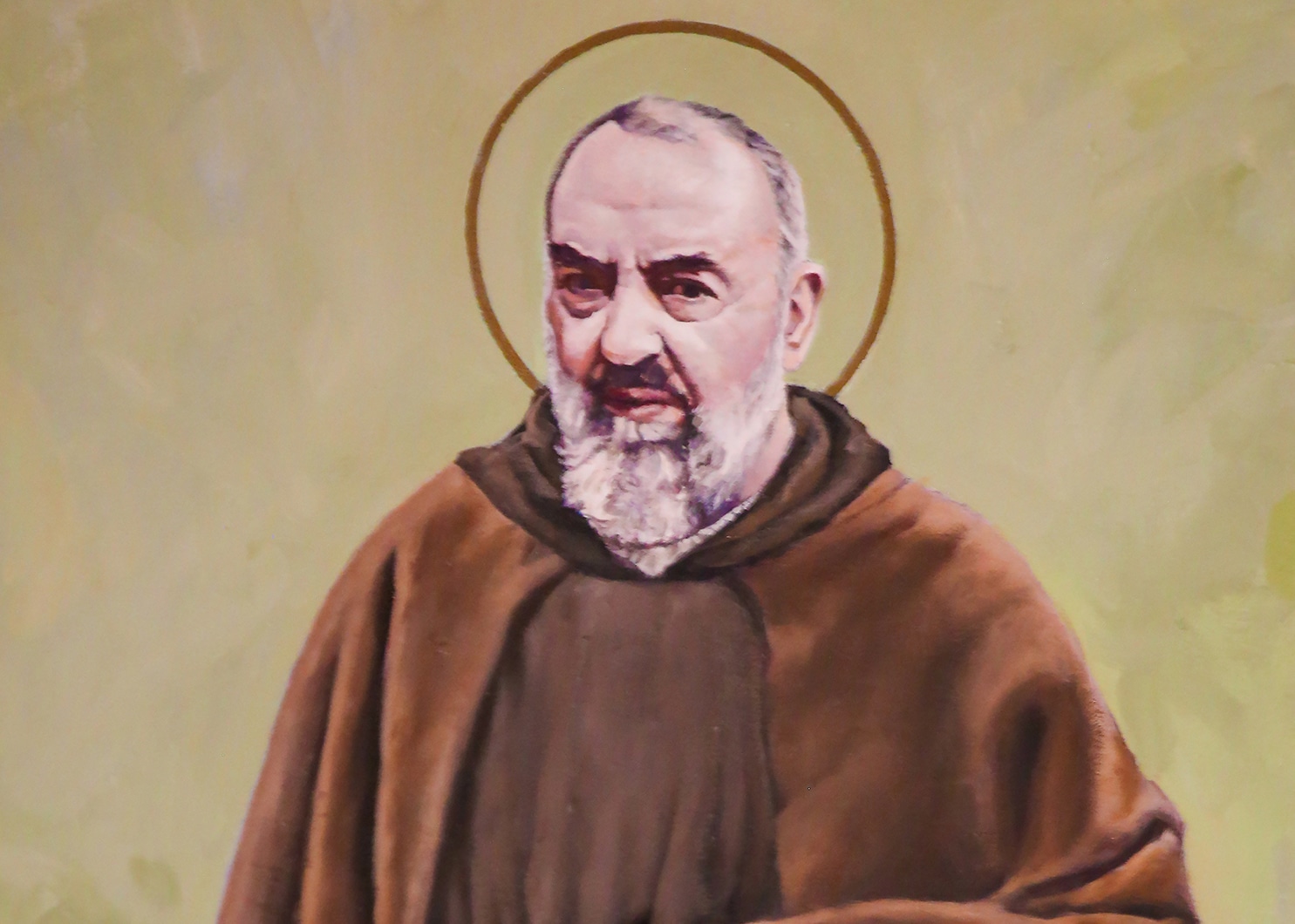In the opening episode of the second season of “The Rings of Power,” viewers find themselves plunged once more into the timeless battle between good and evil — a battle that echoes the very heart of our Christian faith. (Set thousands of years before “The Hobbit” and “The Lord of the Rings,” the series is based on J.R.R. Tolkien’s history of Middle-earth.)
I like that the new series stays faithful to this great premise of Tolkien’s: There is good and there is evil. And that war is waged in the heart of every man (and dwarf … and elf).
The philosopher Peter Kreeft wrote about Tolkien, “Tolkien sees both the good and the evil sides better and deeper than [his critics]. He is like a giant with both arms outstretched, one into the heights and the other into the depths.”
A privation of the good
As the story unfolds, Sauron, disguised as Halbrand, continues his insidious work of deception and destruction, reminding us of the true nature of evil. The revelation that Halbrand was Sauron all along serves as a stark reminder that evil often masquerades as good — blinding even the wisest among us, as Galadriel herself was deceived. It is not that Galadriel lacked wisdom or courage, but that evil’s deception is subtle and insidious, often appearing as something noble or just. How often do we find ourselves blinded by the allure of something that seems good, only to realize later that it was leading us away from what is truly good?
Tolkien takes evil seriously and reveals evil for what it is. Evil is not a real thing, existing on its own. But it’s a perversion of good, the absence of a good that should be there. That’s the great insight of St. Augustine of Hippo: Evil is a privation. That doesn’t mean it doesn’t exist. It’s not an illusion. It’s all too real.
Evil has no existence of its own; it thrives by twisting and corrupting that which is good. In “The Rings of Power,” Sauron’s very existence hinges on his ability to subvert and destroy, taking on new forms as he seeks to ensnare those around him. Sauron is a Maiar, a type of angelic being. He falls from that state. His further transformation from Halbrand to Sauron is not merely a change of appearance but a revelation of the parasitic essence of evil, which latches onto the good to sustain itself.
The power of habit
In the first episode of season two, an old Southlander tells Halbrand (Sauron), “You are alive because you have chosen good. You have to choose it again. And the next day. And the next. Until it becomes a part of your nature.” Evil is overcome not in grand gestures, but in the small, consistent decisions to choose good over evil. The philosopher Aristotle would have likely stood up and cheered. Knowing what is good isn’t enough; we have to do good. And by doing good, we ourselves become good. Each time we choose good, we wage the war against evil. We choose mortification and detachment as our aides in this battle.
Tolkien takes evil seriously and reveals evil for what it is. Evil is not a real thing, existing on its own. But it’s a perversion of good, the absence of a good that should be there.
Tolkien is no moral relativist. The central conflict of his story is not only between good and evil characters but between the good and evil present in every heart. That story is complex, because hearts are complex, subject to temptation and weakness.
As long as the series stays true to Tolkien’s understanding of good and evil, it will succeed. Taking the contest between good and evil seriously is the source of every compelling drama. It’s what makes Tolkien’s story feel at once classic and modern, ancient and new.







